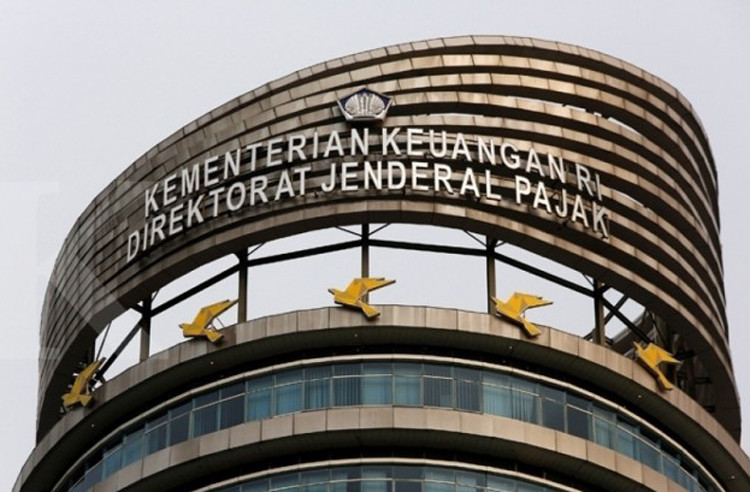Popular Reads
Top Results
Can't find what you're looking for?
View all search resultsPopular Reads
Top Results
Can't find what you're looking for?
View all search resultsPoor customer awareness holds back green building projects
Change text size
Gift Premium Articles
to Anyone
T
he concept of a low carbon footprint in buildings has long been around in Indonesia, but it has yet to gain traction to the point where developers, buyers and tenants prioritize its value in their decisions on constructing, buying or renting homes.
The concept is defined by the World Green Building Council as a building that reduces or eliminates negative impacts and creates a positive impact on the climate and natural environment, as well as improving the quality of life of its people. The green building concept was introduced in 2011 by the World Bank group financing arm, International Finance Corporation (IFC).
IFC Indonesia green building program leader Sandra Pranoto said the concept had received a warm welcome from the government and local administrations since it was introduced.
“We even help the Jakarta and Bandung administrations to devise green building codes for their regions as well as create the national green building code with the Public Works and Housing Ministry,” she said during a press briefing in Jakarta recently. She added that government agencies based those regulations on IFC’s excellence in design for greater efficiencies (EDGE) certification standards.
The Jakarta administration, she said, issued a regulation in 2012 and started to implement it in 2013. In 2015, the Public Works and Housing Ministry issued a regulation on green buildings, which was followed by the issuance of the Bandung green building code in 2016.
She said those regulations were based on IFC’s EDGE standards, which served as the guideline for how buildings could play a role in climate change prevention by following the construction and operational requirements, implementing efforts on energy and water conservation and waste management.
Although she admitted that not all buildings had implemented the code since it was launched years ago, the IFC recorded 339 buildings with a total size of 21 million square meters in Jakarta complied with the administration’s green building code, while Bandung had more than 3,000 buildings with a size of 880,000 square meters in compliance with the regulation as of last June.
Since 2015, she said, the IFC and Green Building Council Indonesia had also issued EDGE certification to buildings and residential projects in the country to ensure they maintain their environmental commitment.
“To date, around 30 projects have received the certification, with more than 50 projects and more than 14,000 housing units registered to get the certification,” she said.
However, the number of buildings that comply with the administrations’ green building codes and the number of certified green buildings is still considered small against the total number of buildings, pointing to an undersupply of green buildings in the country.
JLL Indonesia head of research James Taylor said the main reason for this was a lack of demand from consumers in the country.
“Besides location, tenants in the retail, office and residential sectors are still very much concerned about the rent rather than the environmental aspect of the buildings,” he said.
He said property developers often had to bear higher construction costs to be certified as a green building, resulting in a higher rent for tenants.
Although Sandra admitted that green buildings typically increased construction costs by 2 to 10 percent, those buildings could save up to 20 percent of water and electricity bills in the long run.
Taylor, however, said the added value still could not entice tenants and property owners to choose spaces in certified eco-friendly buildings, as they lacked awareness on climate change and the environment. The lack of awareness, he continued, created a lack of demand for these types of buildings in Indonesia.
This in turn seemed to make developers reluctant to construct more green buildings in big cities, as both the government and local administrations were unable to provide adequate incentives for them, said Alex Buechi, a partner at Swiss-based property developer Asia Green Real Estate.
“Incentives are important to attract more tenants and property owners to choose green property projects, as it can help us to reduce the rental and sale price,” he said.
Urbanist Yayat Supriatna agreed incentives could increase green building supply in Indonesia’s biggest cities. However, he said, the incentives need not be in financial form.
“The government can create enough supporting infrastructure like easy access to roads or public transportation, so that developers won’t have to worry about their buildings’ accessibility,” he told The Jakarta Post.
In spite of all the problems, Sandra expressed hope that more developers and financial institutions would work together to build environmentally beneficial properties in Indonesia, as the IFC expected the market to continue to grow.
“We project that the green property market will reach US$34 billion in 2025,” she said.










